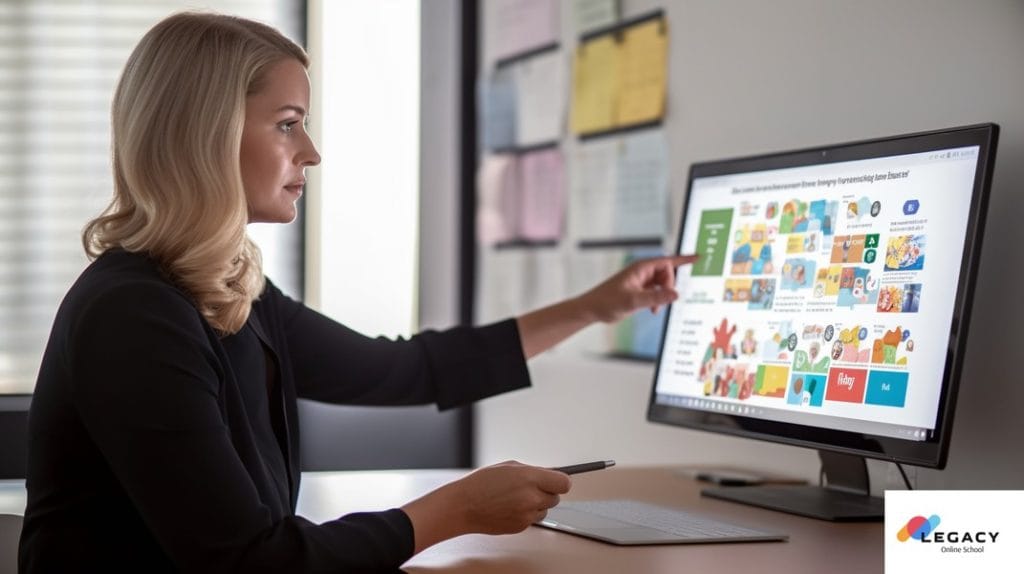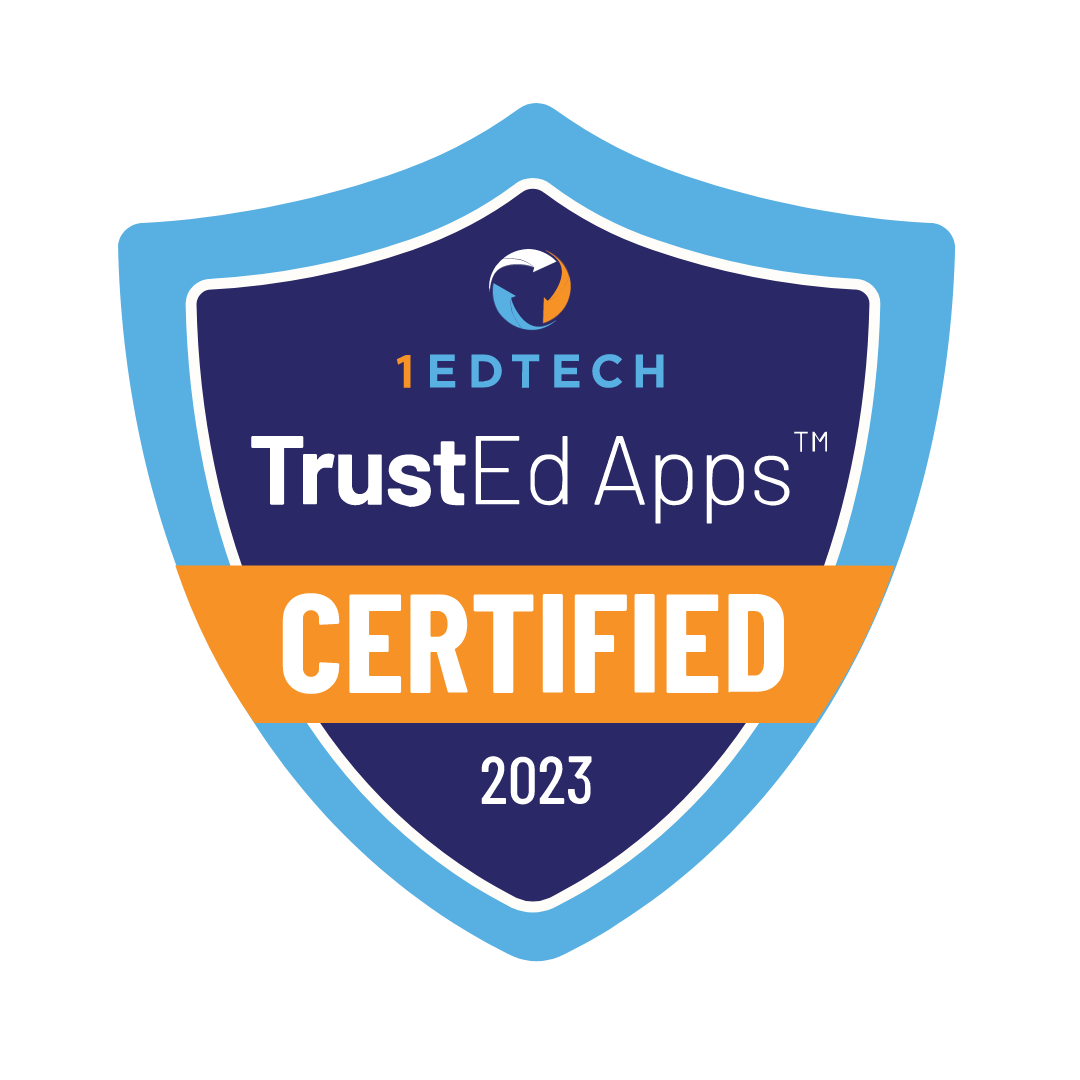The content of the publication
The digital age has revolutionized education, introducing a new paradigm of learning – K-12 online schools. While offering numerous benefits, it presents unique challenges, particularly in managing screen time.
The Rise of K-12 Online Schools
K-12 online schools have become increasingly popular in recent years. They provide flexible schedules, personalized learning environments, and access to a wealth of resources. However, with this digital approach comes more screen time for students.
Understanding Screen Time
Screen time refers to a person’s time in front of digital screens, including computers, tablets, smartphones, and televisions. While it has become an integral part of modern life, excessive screen time can lead to health issues such as eye strain, sleep problems, and physical inactivity.
The Impact of Screen Time on K-12 Students

For K-12 students, excessive screen time can affect their physical health, academic performance, and emotional well-being. Finding a balance between digital learning and other aspects of life is essential.
Striking a balance: Screen Time and Studying
Balancing screen time and studying in online schooling involves managing time effectively and using tools to aid this process.
The Importance of Time Management
Time management is crucial in online learning. It helps students to allocate their time efficiently between academics, extra-curricular activities, and rest.
Tools for Balancing Screen Time and Studying
Various tools, like digital timers, apps that track screen time, and website blockers, can help students manage their screen time and focus on their studies.
Practical Strategies for Balancing Screen Time and Studying
Several strategies can assist students in maintaining a healthy balance between screen time and studying.
Scheduling and Routine
Creating a schedule and adhering to a routine helps students divide their time effectively between online learning and offline activities.
Breaks and Physical Activity
Incorporating breaks and physical activity into the daily routine can mitigate the effects of prolonged screen time.
Encouraging Offline Activities
Encouraging participation in offline activities like reading, sports, or arts can further help reduce screen time.
Role of Parents and Teachers in Balancing Screen Time
Parents and teachers are pivotal in helping students strike the right balance.
Guidelines for Parents
Parents can set screen time limits, encourage offline activities, and ensure their child takes regular breaks.
Responsibilities of Teachers

Teachers can design lessons that promote active learning, reduce unnecessary screen time, and provide guidance on digital literacy.
The Pros and Cons of K-12 Online Schools
Like any form of education, K-12 online schools have benefits and challenges.
Benefits of Online Learning
Online learning offers flexibility, accessibility, and a personalized learning environment. It allows students to learn independently and provides access to various learning resources.
Challenges of Online Learning
On the flip side, online learning can lead to feelings of isolation, require a higher degree of self-discipline, and increase screen time.
Managing Screen Time
Managing screen time effectively is one of the significant challenges in online learning. However, students can strike a healthy balance with the right strategies and tools.
Conclusion
Balancing screen time and studying in K-12 online schools is crucial for students’ health and academic performance. It requires effective time management, appropriate tools, and the combined efforts of students, parents, and teachers. Though online learning presents its challenges, with a balanced approach, it can be an enriching and fruitful mode of education.







